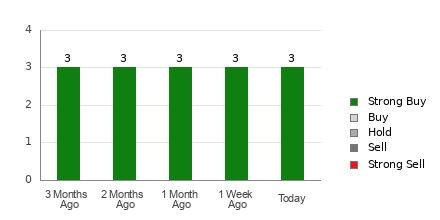The Hidden Costs: Understanding Indirect Taxes and Their Impact
Indirect taxes are imposed on goods and services instead of individual income or profits. Businesses, such as retailers and manufacturers, collect these taxes and pass them on to the government. Consumers often overlook these costs since they are embedded in the prices of products. Common forms of indirect taxes include sales taxes, excise taxes, sin taxes, property taxes, and value-added taxes (VAT).
If you’re looking for guidance on managing your tax liabilities, consider consulting a financial advisor today.
Understanding Indirect Taxes
Indirect taxes are levied by the government on goods and services rather than on your earnings. Instead of directly reducing your paycheck, these taxes are collected by businesses, who then remit the money to the government.
When making a purchase, you’re paying an indirect tax as part of the total price, even though it’s often not detailed on your receipt—except for standard sales taxes. This cost is subtly built into the pricing of everyday items.
For instance, if you buy a soda at a store, the price includes an excise tax specifically imposed on that drink. The store collects this tax from you and later pays it to the government. This exemplifies how indirect taxes subtly influence the cost of goods and services.
Examples of Indirect Taxes
Here are eight typical examples of indirect taxes that you might pay:
- Sales and Use Tax: This consumption tax is applied to the sale of goods and services, impacting only the final end-user.
- Value-Added Tax (VAT): A VAT is assessed at different stages of production, thus adding to the product’s price at each step.
- Goods and Services Tax (GST): This tax applies to the supply of goods and services sold.
- Excise Duties: These taxes are applied to specific goods during manufacturing, not at the point of sale.
- Custom Duties or Tariffs: These are taxes on imports and some exports, collected by customs to generate revenue.
- Environmental and Carbon Taxes: Aimed at reducing carbon emissions, these taxes are often categorized as “green levies.”
- Telecommunications Tax: This includes taxes on communication services, including paging and satellite television.
- Fuel Tax: Fuel companies pay taxes that are passed on to consumers, such as the retail tax of $0.386 per gallon in Florida (according to 2024 data).
- Alcohol and Spirits Tax: This tax applies to beer, wine, and distilled spirits, varying by state.
Key Points on Indirect Taxes

Essentially, indirect taxes are intended to shift the burden onto the final consumer. They are applied to sellers, who then add them into the products’ prices.
This is in sharp contrast to income taxes, which are deducted based on your earnings when you file your return. While income taxes are proportionate to your financial situation, indirect taxes are uniform for everyone. Because of this, lower-income individuals may shoulder a more significant burden from these taxes, as they spend a larger share of their income on taxed goods and services.
Indirect taxes are often regarded as regressive, affecting lower-income taxpayers disproportionately. Since these taxes apply to purchases made with after-tax income, individuals may find themselves taxed twice on the same earnings. This situation is especially challenging for lower-income households, which pay a higher percentage of their income in indirect taxes compared to wealthier individuals.
Conclusion

Indirect taxes are imposed on goods and services, differing from direct taxation on income or profits. Collected by businesses and passed to the government, consumers ultimately shoulder these costs through their purchases. While easier to manage from a business standpoint, the cumulative effect on consumers, especially regarding essential goods, can be significant and sometimes burdensome.
Tax Planning Strategies
- A financial advisor can assist in optimizing your portfolio for effective tax management. SmartAsset’s free instrument connects you with vetted financial advisors in your area, and you can schedule a complimentary introductory call to find the right fit.
- Utilize SmartAsset’s tax return calculator, featuring updated tax brackets and rates, to estimate how your income, withholding, deductions, and credits may influence your next tax refund or balance owed.
Photo credit: ©iStock.com/DMP, ©iStock.com/Drazen Zigic, ©iStock.com/VioletaStoimenova
The post Understanding Indirect Taxes and Their Economic Impact appeared first on SmartReads by SmartAsset.
The views and opinions expressed herein reflect solely those of the author and do not necessarily represent those of Nasdaq, Inc.







